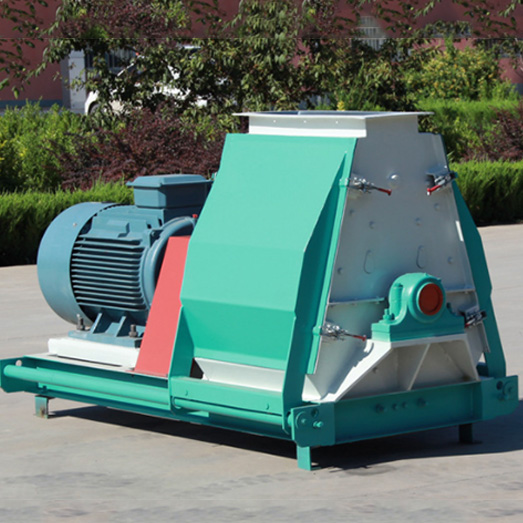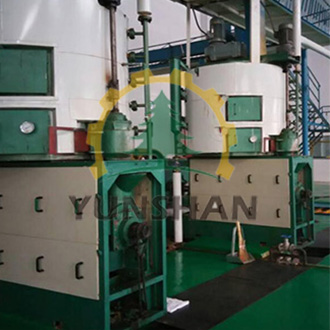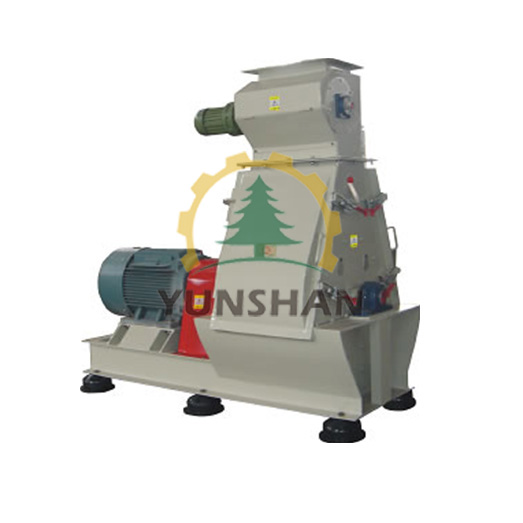

SFSP hammer mill
SFSP hammer mill can crush all kinds of granular raw materials, such as corn, sorghum, wheat, beans, crushed cakes and other materials.
Contacting via phone: +86-371-88915968
share us:
products
Inquiry
Description
SFSP hammer mill can crush all kinds of granular raw materials, such as corn, sorghum, wheat, beans, crushed cakes and other materials.
It adopts steel plate welding structure, the motor and the crusher rotor are installed on the same base, the column pin coupling is used for direct transmission, the rotor is checked by dynamic balance, and can work in both positive and negative directions. The operation door is equipped with safety device to ensure that the motor can not start when the operation door is not fully closed.
It can be used not only for grinding corn, sorghum, wheat, beans and other granular raw materials, but also for grinding apple pomace, various cut straw and other materials after proper modification.
It adopts steel plate welding structure, the motor and the crusher rotor are installed on the same base, the column pin coupling is used for direct transmission, the rotor is checked by dynamic balance, and can work in both positive and negative directions. The operation door is equipped with safety device to ensure that the motor can not start when the operation door is not fully closed.
It can be used not only for grinding corn, sorghum, wheat, beans and other granular raw materials, but also for grinding apple pomace, various cut straw and other materials after proper modification.
|
Model |
SFSP56×40 |
SFSP112×30 |
SFSP112×40 |
|
Power(kw) |
30;37 |
55;75 |
75;90 |
|
Productivity(t/h) |
4~6 |
7~10 |
10~15 |
Product Characteristics
1
The unique design of the steam permeable disc makes the mixed vapor uniformly penetrate the material layer when it goes up from the degassing layer, and does not make the wet meal fall from the pore. The vapor phase temperature of the mixed vapor body can be reduced to 700 (?) C, which not only has good desolution effect, but also saves a lot of direct vapor and reduces the condensation load of the condenser.
2
The automatic control drop valve ensures the constant level of the stripping layer and sufficient time of the stripping, and separates the stripping layer from the lower drying layer, avoiding the loss caused by the downward flow of a small amount of solvent gas in the production.
3
3.Advanced automatic gate system, full rolling bearing design, flexible operation, long service life, good positioning, effectively avoiding solvent leakage.
4
Passivation and destruction of antinutrient components such as urease and trypsin in meal to improve the utilization value of meal.
5
Controlling the denaturation degree of protein in meal and effectively improving the NSI index of meal.
6
The effect of reducing residual solubility in meal is good, and the moisture of meal is regulated, so as to ensure the lower solvent consumption and the normal use of meal in production.
Application
Pretreatment suitable oil:

soy
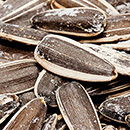
Sunflower Seeds

Peanut
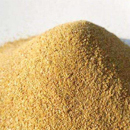
Rice bran

Rapeseed
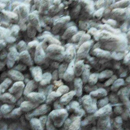
Cottonseed
- Tel:+86-371-88915968
- Fax: + 86-371-88915968
- Email: yssale889@yunshanmachine.com
- Skype:+86 13837129967
- Address: Yinping Road, high tech Development Zone, Zhengzhou City, Henan Province
- Ailbaba website: yunshanmach.en.alibaba.com
Copyright © 20013-2015 Henan Yunshan Machinery Equipment Co., Ltd.
营业执照

Technical Support: Coverweb


